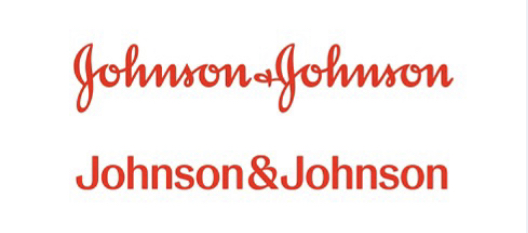
Recent high-profile rebrands have captured headlines, sparking divided opinions on their success. In an interesting twist, one brand cleverly used another’s rebrand to boost awareness of their own identity.
Additionally, we’ve recently collaborated with a client undergoing a merger with another firm, grappling with the decision of whether to maintain separate brands or consolidate into a single entity. This article aims to explore the reasons behind company rebrands and the pros and cons associated with such transformations.
Why Companies Consider Rebranding:
-
Passage of Time and Outdated Image: As time passes, a company’s image may become outdated, prompting a need for change.
-
Reputational Needs: Reputation is a cornerstone of branding, and companies may rebrand to better align with their desired public image.
-
Internationalisation: Entering global markets often necessitates adjustments to branding to account for different cultural interpretations.
-
Correcting a Failed Rebrand: Sometimes, a previous rebrand doesn’t achieve its intended goals, prompting another attempt.
-
Mergers and Company Restructures: When companies merge or undergo significant restructuring, decisions about branding can be complex.
The majority of our clients opt for rebranding when their current brand no longer accurately reflects their evolving company image, culture, values, products, and services. Over time, various factors can influence how customers perceive a brand, making it essential for marketers to ensure their brand identity aligns with the desired perception. Negative publicity and expansion into international markets often necessitate rebranding efforts.
The Case of Johnson & Johnson:
Johnson & Johnson recently altered its iconic script-style font to a more versatile digital-friendly one. This change has generated mixed reactions. Many have fond memories associated with Johnson & Johnson products, which evoke feelings of warmth, comfort, and family bonding. Some might find it challenging to accept this transformation solely for digital adaptability, as it removes the brand essence that has that has symbolised the brand for many generations.

Navigating Mergers and Company Restructures:
When companies with distinct names merge, deciding which brand should prevail can be a daunting task.
Often, firms opt to combine names or elements from each brand. Twitter’s rebranding to “X” after Elon Musk’s buyout led to a creative hijack by The World Wildlife Fund to highlight wildlife extinction. This move garnered significant publicity, benefiting both parties. However, with Twitter’s logo widespread across numerous platforms, updating it to the new one poses logistical challenges and potential design and printing expenses for many companies across the globe. So it could be interesting to see how long it takes for the Twitter logo to be replaced and for us to cease saying “X – formerly known as Twitter!”

Considerations for Rebranding:
Before embarking on a rebranding journey, consider these vital factors:
-
Will Rebranding Solve the Problem? Evaluate whether a rebrand genuinely addresses the underlying issues.
-
Cost: Rebranding can be costly, encompassing design, printing, and marketing expenses.
-
Practicality: Assess the feasibility of implementing the new brand across all aspects of the business.
-
Opinions: Gather feedback from stakeholders and customers to gauge their reactions.
-
Impact on Profits: Analyse how rebranding might affect your bottom line.
In the end, our client opted to temporarily incorporate the acquired business into their existing logo. This strategic move allowed them to smoothly navigate the merger, integrate staff, systems, and processes. The primary goal was to retain the loyalty of employees to the incoming brand and assure existing customers that service quality would remain consistent.
While they aimed to emphasize their brand’s prominence, planning to invest in infrastructure, introduce value-added services, and convey that they were the driving force behind these changes, they also recognised the importance of preserving the reputation and stability associated with the acquired brand.
Their strategy revolved around delivering an even higher level of service, ensuring customer satisfaction, and demonstrating their commitment to looking after their clients. After a three-month transition period, they gradually phased out the acquired company’s logo from all branding materials, replacing it with the dominant brand’s colors across the board.
This gradual process also enabled the company to plan transformations in line with cash flow. In doing so, all staff and customers were retained and the business flourished as new added value services were introduced.
If you are considering a rebrand and would like help to determine if this is the right strategic decision, need help writing the creative brief for a branding agency, or assistance to project manage the process please get in touch.